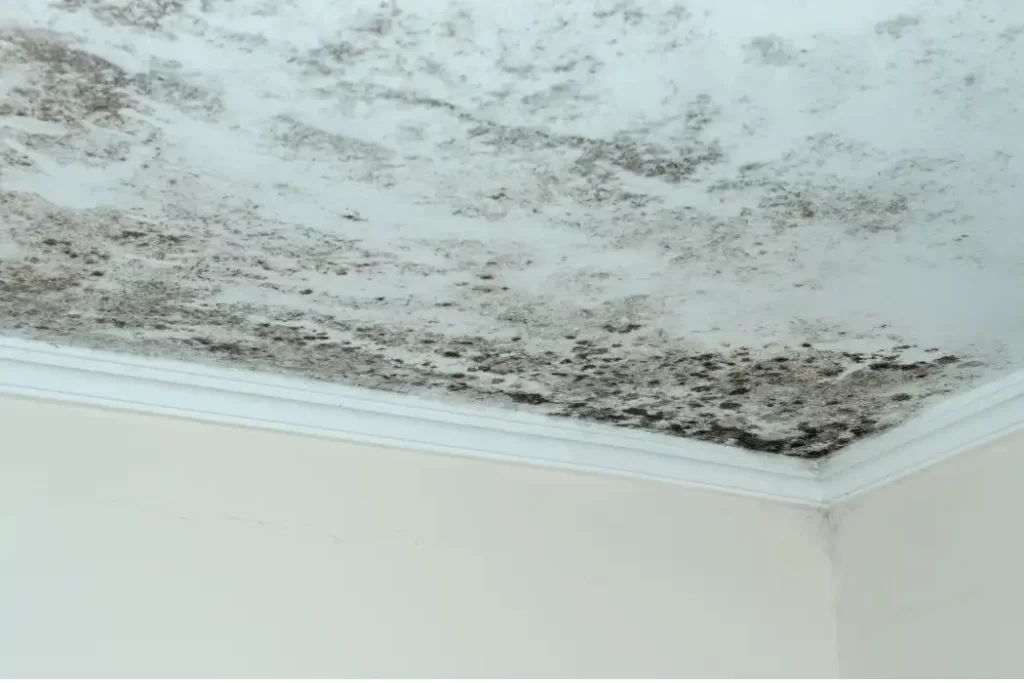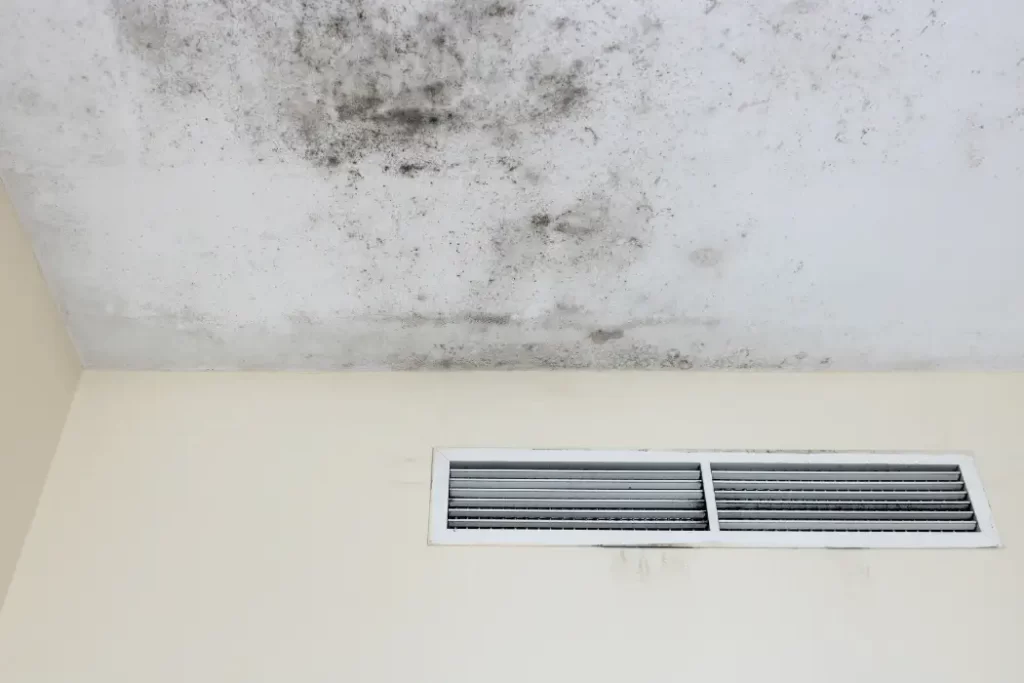Indoor air quality is a significant concern for many individuals, and air purifiers have become a popular solution to combat pollutants and enhance the air we breathe. However, there is a hidden risk that often goes unnoticed—air purifier mold. Mold growth within these devices can not only compromise their efficiency but also pose health risks to occupants. In this comprehensive blog, we will delve into the topic of air purifier mold, exploring its potential dangers and providing practical solutions to address this issue. By understanding the risks and implementing preventive measures, you can ensure a cleaner and healthier environment in your home or office. This informative article on air purifier mold serves as a valuable source of knowledge, providing a thorough understanding of the risks associated with mold growth in air purifiers and offering practical solutions to mitigate this issue. So, let’s dive in and explore the world of air purifier mold together.
What is Air Purifier Mold?
Air purifier mold refers to the growth of mold and mildew within the components and filters of an air purification system. Mold spores are naturally present in the air, and when they find a suitable environment with moisture and organic matter, they can multiply and colonize. Air purifiers, particularly those with humidifying or water-based technologies, can become breeding grounds for mold if not properly maintained.
Health Risks Associated with Air Purifier Mold
Exposure to air purifier mold can have adverse health effects. Mold spores can trigger allergic reactions, such as sneezing, coughing, and watery eyes, in individuals with mold allergies or sensitivities. Moreover, prolonged exposure to mold can lead to respiratory problems, including asthma exacerbation and respiratory infections. People with weakened immune systems or pre-existing respiratory conditions are especially vulnerable to these health risks.
Causes of Air Purifier Mold
Several factors contribute to the growth of mold in air purifiers. The primary cause is excess moisture, which can be a result of high humidity levels or water leakage. Inadequate ventilation, improper maintenance, and using the wrong type of filter can also promote mold growth. Additionally, placing the air purifier in damp or humid areas, such as bathrooms or basements, increases the risk of mold development.

Signs of Air Purifier Mold
Detecting mold in an air purifier is essential for timely intervention. Common signs of air purifier mold include a musty odor emanating from the device, visible mold growth on the filters or components, and an increase in allergic symptoms when the air purifier is in use. If any of these signs are present, it is crucial to address the issue promptly to prevent further mold spread.
Preventing Air Purifier Mold
Prevention is key to avoiding air purifier mold. Here are some preventive measures to consider:
- Maintain optimal humidity levels in your home, ideally between 30% and 50%. Use a dehumidifier if necessary.
- Keep your air purifier in a well-ventilated area away from moisture sources.
- Regularly inspect and clean the air purifier’s filters according to the manufacturer’s instructions.
- Use high-quality filters suitable for your specific air purifier model.
- Avoid using water-based air purifiers if mold growth has been an issue in the past.
Cleaning and Maintaining Air Purifiers
Proper cleaning and maintenance of air purifiers are crucial to prevent mold growth. Follow these steps to ensure the longevity and effectiveness of your air purifier:
- Turn off and unplug the air purifier before cleaning.
- Remove and dispose of any visible debris or dust from the filters.
- Use a soft, damp cloth to clean the exterior surfaces of the air purifier.
- If the filters are washable, follow the manufacturer’s instructions for cleaning and drying them.
- Regularly check and replace filters as recommended by the manufacturer.
Professional Mold Remediation
If mold growth in your air purifier is extensive or persistent, it may require professional mold remediation. Certified mold remediation specialists have the expertise and equipment to safely remove mold, ensuring a healthy indoor environment. Contact a reputable mold remediation company to assess the situation and provide appropriate solutions.
Choosing the Right Air Purifier
When selecting an air purifier, consider the following factors to minimize the risk of mold:
- Opt for air purifiers with HEPA (High-Efficiency Particulate Air) filters, as they effectively capture mold spores.
- Choose models with a built-in air quality monitor that alerts you to changes in indoor air quality.
- Select an air purifier with a design that allows easy access for filter replacement and cleaning.
- Consider additional features like activated carbon filters for odor removal, especially in areas prone to musty smells.
Conclusion
In conclusion, being aware of the risks associated with air purifier mold is essential for maintaining a healthy indoor environment. Mold growth within these devices can not only compromise their performance but also impact our well-being. By implementing preventive measures such as maintaining optimal humidity levels, regular cleaning and maintenance, and choosing the right air purifier, we can minimize the chances of mold growth and ensure cleaner air. Additionally, addressing mold issues promptly and seeking professional assistance when needed will further contribute to a mold-free living space. Remember, a well-maintained air purifier can be a powerful tool in improving indoor air quality and promoting a healthier lifestyle. So, take the necessary steps to protect yourself and your loved ones from the risks of air purifier mold. Breathe easy and enjoy the benefits of clean, fresh air in your surroundings.
FAQs: Air Purifier Mold
1. Can mold in an air purifier cause health problems?
Yes, exposure to mold in an air purifier can lead to health problems, especially for individuals with mold allergies or respiratory conditions.
2. How can I prevent mold growth in my air purifier?
Maintaining optimal humidity levels, regular cleaning of filters, and proper ventilation are effective ways to prevent mold growth in air purifiers.
3. Are water-based air purifiers more prone to mold growth?
Yes, water-based air purifiers can be more susceptible to mold growth if not properly maintained and cleaned.
4. Can I clean air purifier filters with water?
Check the manufacturer’s instructions for your specific air purifier model. Some filters are washable, while others may require replacement.
5. When should I seek professional mold remediation for my air purifier?
If the mold growth in your air purifier is extensive or persistent, it is advisable to consult a professional mold remediation company for proper removal and cleaning.


